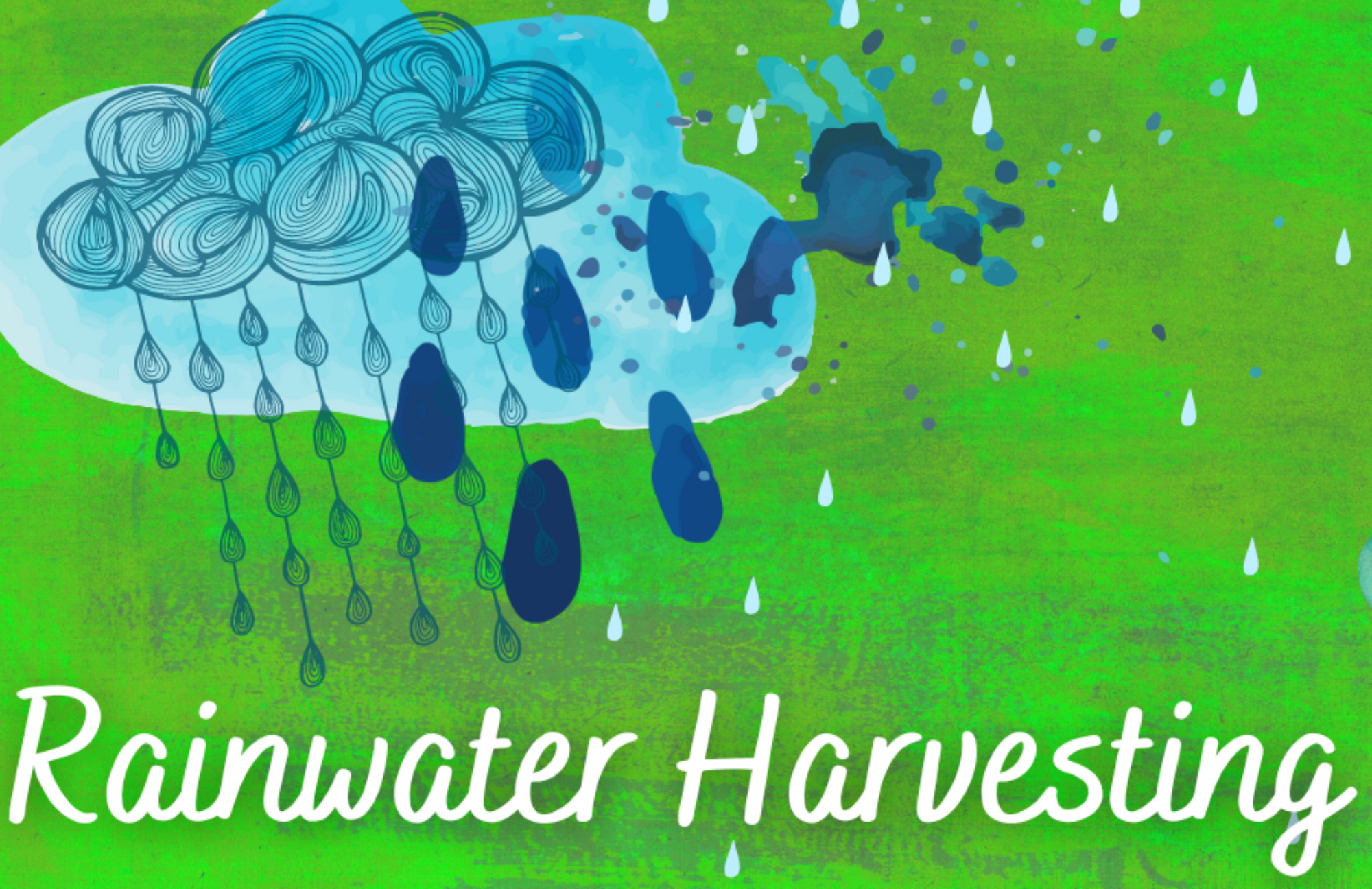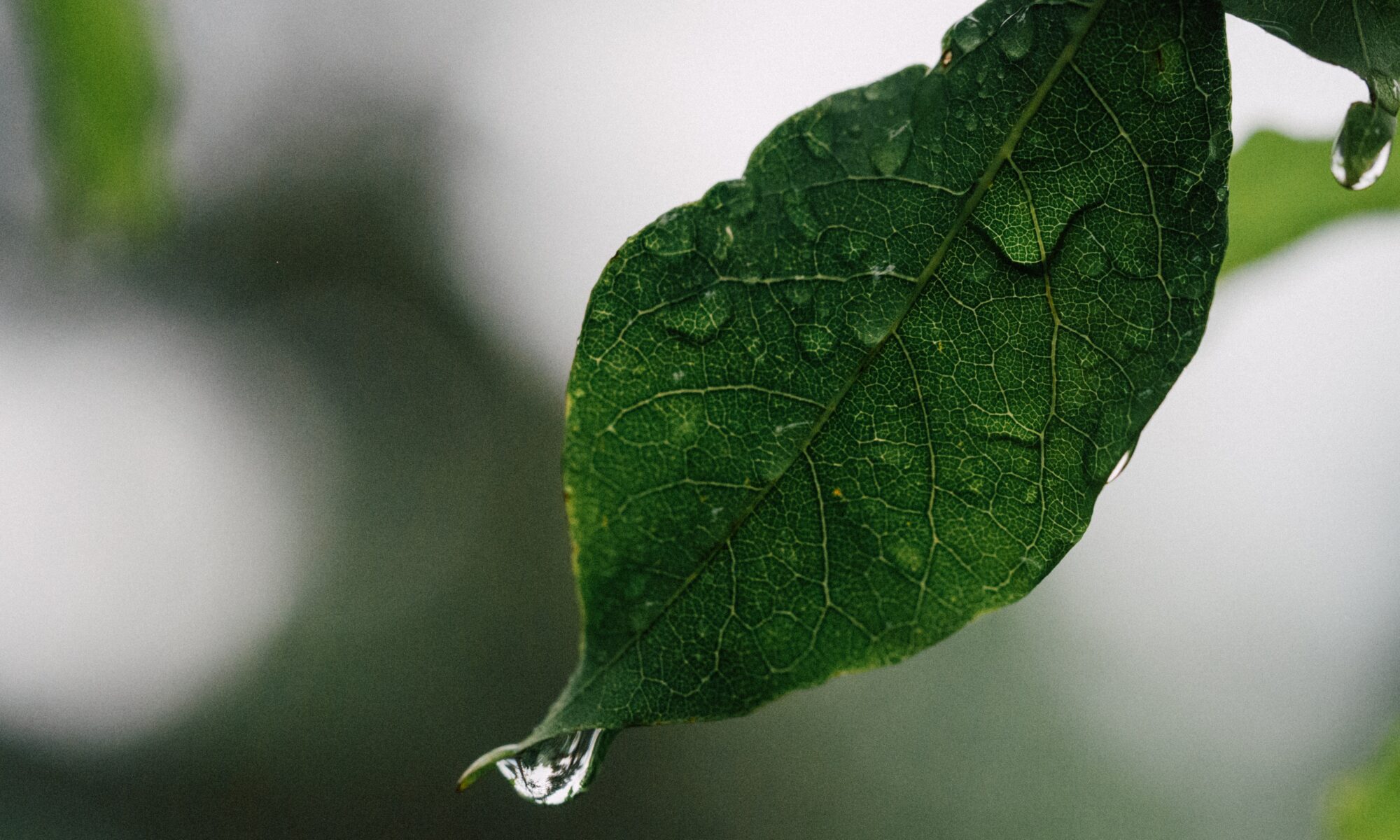Non-potable Rain Storage Facts
FACT 1: Installing rainwater collection and storage (any size) for outdoor, non-potable uses (not for drinking or coming into a dwelling or building) as a single-user “onsite rainwater system” does not require approval or inspection by a provincial ministry, not even the health ministry.
FACT 2: Installing rainwater collection and storage (any size) for outdoor, non-potable uses (not for drinking or coming into a dwelling or building) as a single-user “onsite rainwater system” does not require a building permit from the Capital Regional District building inspection department.
You may still wish to consult a building inspector but you are not required to get an Engineered design approved if your system is for outdoor, non-potable use only.
FACT 3: Water quality matters when collecting and storing rain for any use.
Removing debris from rainwater before storage, and keeping sunlight and heat from affecting the storage tank is essential to safe uses of rainwater, even for non-potable, outdoor uses on gardens and lawns.
Note: It may even be recommended to install further carbon filtration and/or UV treatment.
SSIWPA encourages consultation with a qualified professional specializing in Rainwater System Design for any type of system you plan to install.
Water quality for single-user systems is the sole responsibility of the owner under the Drinking Water Protection Act, not the Province.
Do I need to apply for a permit from Islands Trust?
A development permit may be required by Islands Trust to install onsite rainwater storage systems for both non-potable or potable uses based on the site plan, and lot line setbacks. Adding rainwater storage tanks will contribute to the total coverage area of your lot, and there are limits to that for the benefit of the groundwater recharge and other environmental sustainability features.
Consult the bylaws describing lotline setbacks and height of buildings on your property.
Consult with Islands Trust if you plan to install / build rainwater storage on your property.
Consult the Salt Spring Island Non-Potable Rainwater harvesting Best Practices Guidebook for more tips and tools in system design.
Salt Spring Island Non-Potable Rainwater Harvesting Best Practices Guidebook

